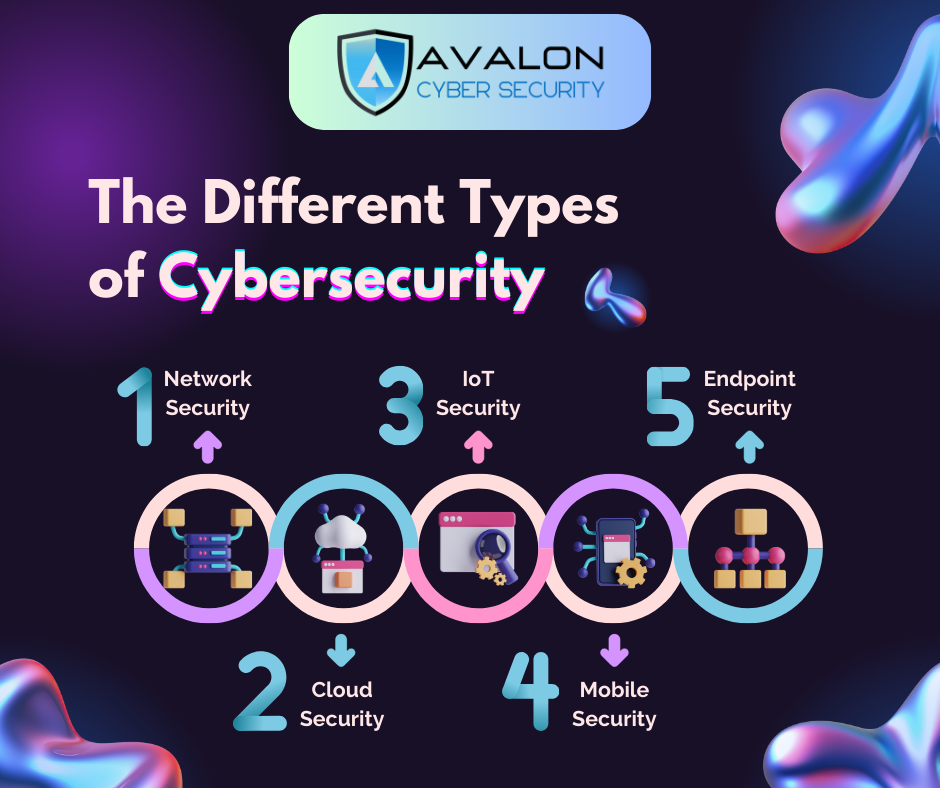In an increasingly interconnected digital world, the importance of robust security solutions cannot be overstated. This blog post aims to familiarize readers with the diverse array of security solutions available today, and how they help protect individual and organizational digital assets from potential threats.
Understanding the Need: Why Are Security Solutions Important?
In today’s interconnected world, where data breaches and cyber attacks are becoming increasingly common, the importance of security solutions cannot be overstated. Organizations of all sizes are at risk of falling victim to malicious actors seeking to exploit vulnerabilities in their systems. The repercussions of a security breach can be catastrophic, ranging from financial loss and damage to reputation to legal liabilities. Therefore, implementing robust security solutions is essential to safeguard sensitive information and maintain the trust of customers and stakeholders.
Security solutions play a crucial role in protecting not only the digital assets of an organization but also its physical infrastructure. With the rise of Internet of Things (IoT) devices and smart technologies, the attack surface has expanded, making it more challenging to secure all entry points. By investing in comprehensive security measures, businesses can mitigate the risk of unauthorized access, data theft, and disruption of operations. This proactive approach not only minimizes the likelihood of a security incident but also demonstrates a commitment to maintaining a secure environment for all stakeholders.
Furthermore, the regulatory landscape is evolving, with stricter data protection laws being enforced globally. Organizations that fail to comply with these regulations face heavy fines and legal consequences. Security solutions help companies adhere to these requirements by implementing necessary controls, monitoring systems for compliance, and providing audit trails. By demonstrating compliance with regulations such as GDPR and HIPAA, organizations can enhance their credibility and build trust with customers who prioritize data privacy and security.

Diagram illustrating the rise of cyber threats over different domains
The Spectrum of Security: What Are the Different Types of Security Solutions?
The Spectrum of Security: What Are the Different Types of Security Solutions?
When it comes to protecting digital assets, organizations have a wide array of security solutions at their disposal. These solutions are designed to address various aspects of cybersecurity, ranging from network protection and endpoint security to data encryption and threat intelligence. Each type of security solution serves a specific purpose in safeguarding against different types of threats and vulnerabilities.
Firewalls are one of the fundamental security solutions that control incoming and outgoing network traffic based on predetermined security rules. They act as a barrier between trusted internal networks and untrusted external networks, filtering out potentially harmful data packets. Antivirus software is another common security solution that detects and removes malicious software, such as viruses, worms, and trojans, from devices. By regularly updating antivirus definitions, organizations can stay protected against the latest threats.
Intrusion Detection Systems (IDS) and Intrusion Prevention Systems (IPS) are essential security solutions that monitor network traffic for suspicious activities and respond to potential threats in real-time. IDS passively analyze network packets for signs of intrusion, while IPS actively blocks and mitigates threats by taking automated actions. Additionally, Security Information and Event Management (SIEM) solutions aggregate and analyze security data from various sources to detect and respond to security incidents effectively.
Can We Ever Be Too Secure? The Role of Advanced Security Measures
In today’s rapidly evolving cyber threat landscape, the question arises: Can we ever be too secure? While achieving absolute security may be an unattainable goal, organizations must continuously strive to enhance their security posture through advanced security measures. These measures go beyond traditional antivirus software and firewalls to combat sophisticated cyber threats that are constantly evolving and becoming more complex.
Utilizing advanced security measures such as multi-factor authentication, endpoint detection and response (EDR), and security automation can significantly strengthen an organization’s defense against cyber attacks. Multi-factor authentication adds an extra layer of security by requiring users to provide multiple forms of verification before accessing sensitive data or systems. This helps prevent unauthorized access, even in the event of compromised credentials.
Endpoint detection and response (EDR) solutions play a critical role in detecting and responding to advanced threats that may evade traditional security controls. By continuously monitoring endpoints for suspicious activities, EDR solutions can quickly identify and contain threats to prevent data breaches and system compromises. Security automation tools streamline security operations by automating routine tasks, enabling security teams to focus on more strategic initiatives and respond to threats more efficiently.
“The Best Defense is a Good Offense” – The Future of Proactive Security Solutions
“The Best Defense is a Good Offense” – The Future of Proactive Security Solutions:
As cyber threats continue to grow in sophistication and frequency, organizations are increasingly shifting towards a proactive approach to cybersecurity. Proactive security solutions focus on identifying and mitigating potential risks before they materialize, rather than solely reacting to incidents after they occur. By adopting a proactive stance, organizations can stay one step ahead of cybercriminals and better protect their valuable assets from malicious attacks.
Proactive security solutions leverage advanced technologies such as artificial intelligence (AI) and machine learning to predict and prevent security breaches. These technologies enable security teams to analyze vast amounts of data in real-time, identifying patterns and anomalies that may indicate a potential threat. By utilizing AI-driven threat intelligence, organizations can proactively detect and respond to emerging cyber threats before they cause significant damage.
In the rapidly evolving digital landscape, security solutions are the unsung heroes that keep our data safe. From preventing unauthorized access to ensuring data integrity, these solutions form the bulwark against cyber threats. By staying informed and proactive, individuals and organizations alike can leverage these solutions to fortify their digital defenses.

